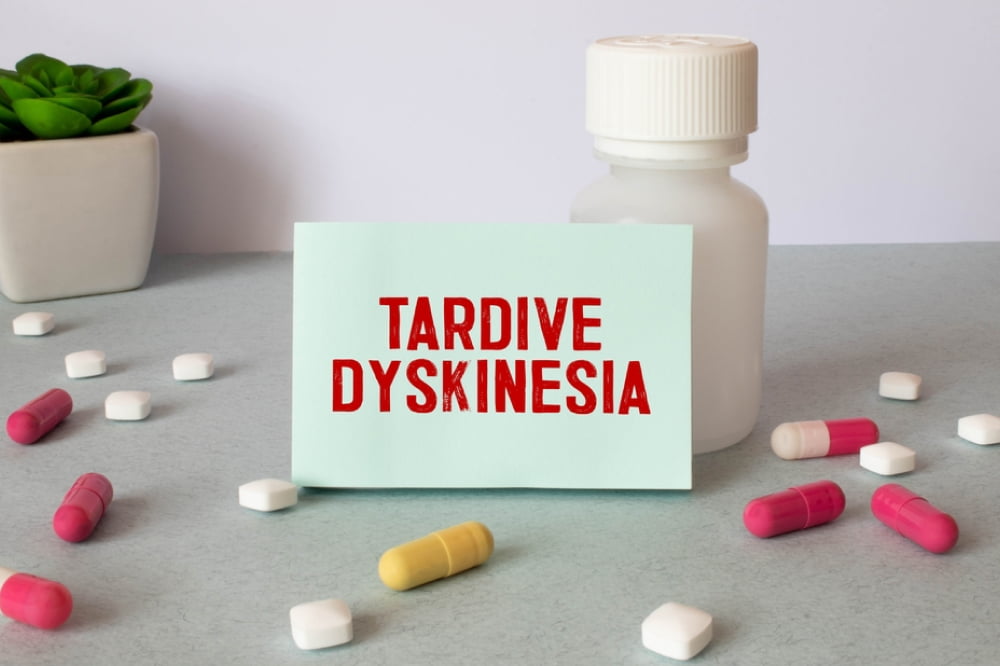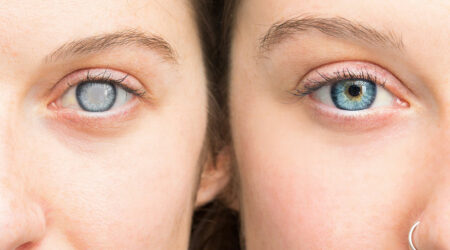
Symptoms and causes of tardive dyskinesia
Tardive dyskinesia is a neurological condition that could result from prolonged use of specific treatments, particularly those for managing psychiatric conditions like schizophrenia and bipolar disorder. It is characterized by involuntary and repetitive movements of the face, mouth, limbs, and torso. The condition interferes with a person’s routine tasks and significantly impacts their quality of life and overall well-being. Below mentioned are some of the most common symptoms and causes of tardive dyskinesia.
Tardive dyskinesia symptoms
The severity of tardive dyskinesia symptoms can vary from one person to another. The condition’s early signs typically include choreiform movements, such as abrupt and uncontrolled jerking or twitching of the limbs, facial muscles, and other body parts. A few common symptoms are discussed below. Those who experience these should visit a healthcare professional:
Dyskinetic facial expressions
A person’s facial expressions may become contorted. Their lips may involuntarily smack together, and there may be noticeable disturbances in the face.
Uncontrolled tongue movements
Unanticipated darting, thrusting, or convoluted tongue movements within the oral cavity might arise, significantly impacting speech patterns and articulation.
Involuntary head movements
Spontaneous and involuntary bobbing or swiveling of the head is a common symptom. The bobbing or swiveling can cause injury if the patient’s head hits a hard object placed next to them.
Finger fidgeting
The patient may fidget with or tap their fingers uncontrollably and thus be unable to hold things without dropping them.
Rhythmic body swaying
A rhythmic, back-and-forth swaying of the body may be observed, reminiscent of a graceful dance.
Involuntary vocalizations
Tardive dyskinesia can lead to unintentional sounds, such as grunting, clicking noises, or even involuntary words or phrases.
Jaw movements
Repetitive jaw movements, clenching, or teeth grinding may be observed.
Restive legs
The condition may affect the legs and result in unusual gait patterns, making walking and coordination challenging.
Rapid eye blinking
Excessive and rapid blinking of the eyes, along with other unusual eye movements, can be an early sign.
Shoulder movements
Involuntary shoulder movements, such as shrugging or rolling, may occur.
Neck twisting
Tardive dyskinesia can lead to repetitive twisting or tilting of the neck.
Trunk movements
Some may involuntarily sway or rock their upper body.
The early signs can vary from person to person. If an individual experiences any of these signs or observes them in someone else, it is a good idea to talk with a healthcare professional. Open communication with healthcare experts helps control the symptoms in the long term and improve the patient’s quality of life.
What causes tardive dyskinesia?
The condition is believed to result from disruptions in the brain’s dopamine levels. Dopamine is a crucial chemical messenger that regulates movement and coordination. The prolonged use of treatments for psychosis can block this neurotransmitter, leading to its imbalance and causing tardive dyskinesia.
Several factors can increase one’s chances of developing the condition. The potential risk factors include:
Genetics
Some may have a higher inherent susceptibility to tardive dyskinesia due to genetic and biological factors. Their bodies may metabolize and respond to specific treatments differently, increasing their risk.
Age and gender
Older adults are more susceptible, particularly if they are being treated for psychiatric conditions for an extended period. Women tend to be at a higher risk, especially those over 50.
Health scientists are continuously researching tardive dyskinesia to refine their understanding of the condition. Those who experience the symptoms should see an expert for evaluation and guidance. After examining the patient, doctors can determine the underlying cause and suggest suitable solutions. It is important to note that tardive dyskinesia is a potentially serious condition that can lead to long-term complications and impact various aspects of a person’s life if ignored.




